The publication of Jiang Rong's Wolf Totem in 2004 ignited a firestorm of debate that transcended literary circles, spilling into ecological, cultural, and political realms. The novel, a semi-autobiographical account of a Beijing intellectual's experiences in Inner Mongolia during the Cultural Revolution, presented a romanticized yet controversial vision of nomadic life and its relationship with the natural world. At its core, the controversy revolves around competing narratives of ecological stewardship, cultural authenticity, and the very meaning of progress in modern China.
Set against the sweeping grasslands of Inner Mongolia, Wolf Totem constructs a mythological framework where wolves symbolize the untamed spirit of the Mongolian people and their harmonious coexistence with nature. The protagonist's growing fascination with wolf culture serves as a vehicle to critique Han Chinese agricultural expansion and its destructive ecological consequences. This central thesis—that nomadic traditions hold the key to sustainable environmental practices—struck a chord with urban readers disillusioned with China's breakneck industrialization, while simultaneously alienating scholars and officials who viewed it as historical revisionism.
The ecological arguments in Wolf Totem derive their potency from the novel's visceral descriptions of grassland degradation. Jiang Rong's detailed accounts of desertification—attributed to misguided farming policies and the suppression of wolf populations—resonated with growing environmental concerns in China. However, ecologists have questioned the scientific validity of these claims, pointing out that the novel simplifies complex grassland ecosystems into a binary struggle between "good" nomads and "bad" farmers. Recent studies suggest climate change and unsustainable grazing practices contributed equally to the deterioration of Inner Mongolian steppes, complicating the book's central ecological morality tale.
Cultural anthropologists have dissected the novel's portrayal of Mongolian identity with particular intensity. Wolf Totem engages in what critics call "ecological orientalism"—constructing an idealized, primitive Other whose wisdom exists solely to critique modern society. Mongolian scholars note the irony that a Han Chinese writer became the global spokesperson for their culture, often perpetuating stereotypes in the process. The novel's celebration of wolf worship as the essence of Mongolian spirituality overlooks the diversity of indigenous belief systems, reducing an entire ethnicity to a single metaphorical construct.
The political dimensions of the controversy reveal deeper tensions about who controls China's environmental narrative. While Wolf Totem gained official endorsement and even inspired government-backed ecological preservation programs, its underlying message challenges the teleology of Chinese development. By suggesting that modernity might learn from "primitive" cultures rather than simply replace them, the novel inadvertently questions the Communist Party's civilizing mission in ethnic borderlands. This ideological ambivalence explains why the book simultaneously received state literary awards and faced censorship attempts.
International reception added another layer to the controversy. Western environmentalists embraced Wolf Totem as an authentic indigenous ecological manifesto, while overlooking its fictional nature and political context. The book's global success—it became the most translated Chinese novel after Mao's Little Red Book—created a feedback loop where foreign admiration bolstered its domestic credibility. This transnational dynamic illustrates how environmental concerns can bridge cultural divides, even when based on contested representations.
In the years since publication, the Wolf Totem phenomenon has manifested physically across Inner Mongolia. Tourist sites now offer "wolf culture" experiences, and local governments have rebranded ecological projects using the novel's terminology. This commercialization of the controversy raises questions about cultural appropriation—whether the real wolves and nomads have become mere props in a performance of environmental consciousness. Meanwhile, actual grassland conservation efforts increasingly blend traditional knowledge with modern science, suggesting a middle path beyond the book's romantic dichotomies.
The legacy of Wolf Totem lies in its uncomfortable truths about cultural representation and environmental responsibility. While its ecological claims may not withstand scientific scrutiny, the novel succeeded in popularizing urgent questions about sustainable development. Its greatest contradiction—using a fictionalized ethnic minority to critique majority culture—mirrors larger dilemmas in global environmental movements that seek indigenous wisdom while often speaking over indigenous voices. As China grapples with balancing economic growth and ecological preservation, the debates sparked by this controversial novel continue to shape policies and perceptions in unexpected ways.
What began as a literary work has evolved into a cultural touchstone for discussions about China's environmental future. The Wolf Totem controversy ultimately reveals less about wolves or nomads than about contemporary society's hunger for alternative ecological paradigms—and the dangers of reducing complex cultures to simplistic metaphors. As grassland degradation continues despite increased awareness, the most enduring lesson might be that neither romanticized tradition nor unchecked modernization holds all the answers to humanity's environmental challenges.

By /Aug 4, 2025

By /Aug 4, 2025

By /Aug 4, 2025
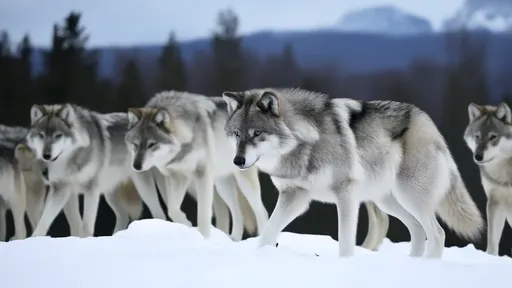
By /Aug 4, 2025

By /Aug 4, 2025

By /Aug 4, 2025
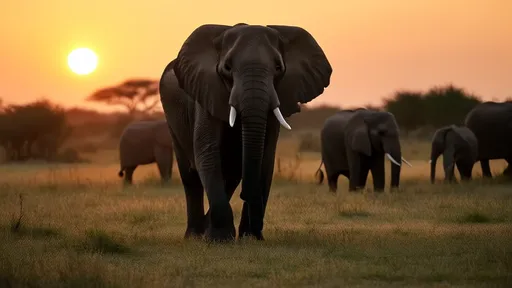
By /Aug 4, 2025

By /Aug 4, 2025

By /Aug 4, 2025

By /Aug 4, 2025
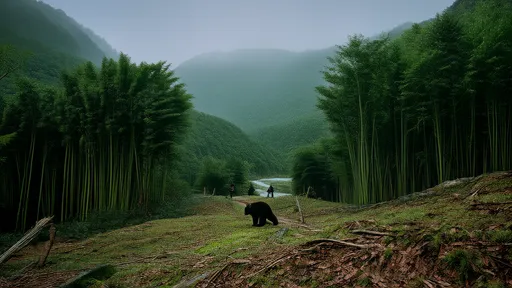
By /Aug 1, 2025

By /Aug 1, 2025

By /Aug 1, 2025
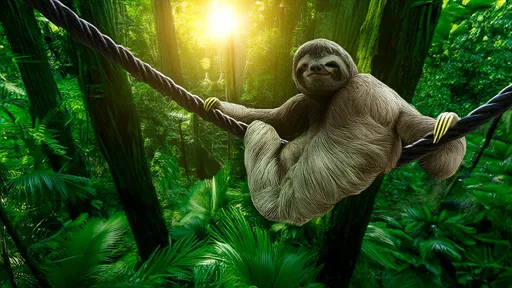
By /Aug 1, 2025
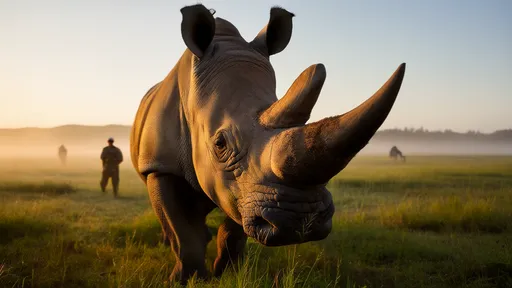
By /Aug 1, 2025
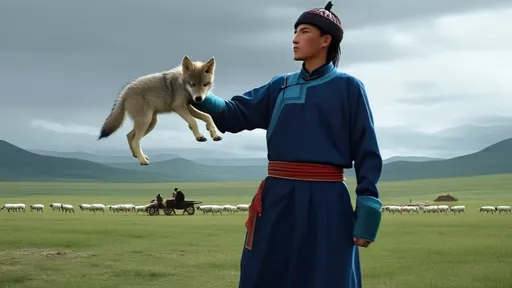
By /Aug 1, 2025
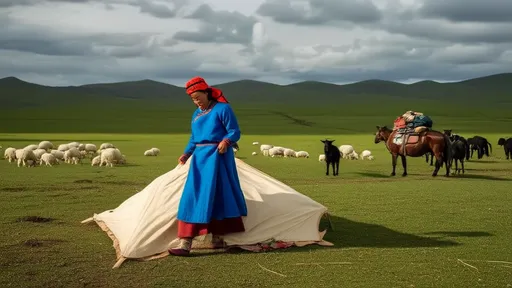
By /Aug 1, 2025
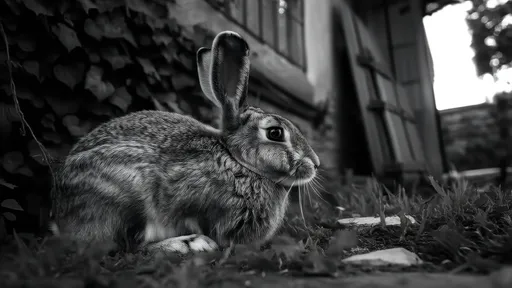
By /Aug 1, 2025

By /Aug 1, 2025

By /Aug 1, 2025